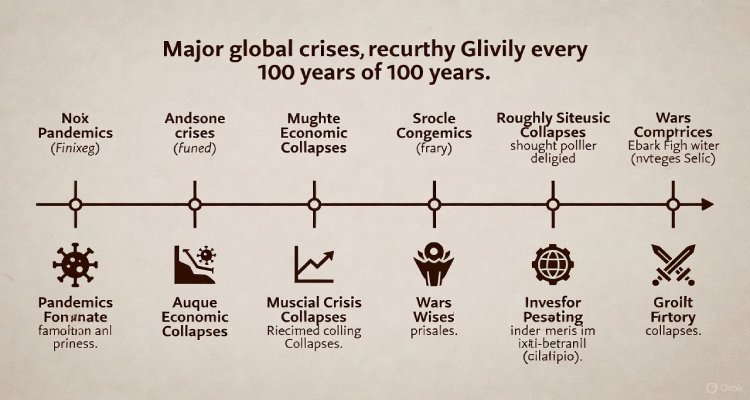AI for Everyone: Making Artificial Intelligence Relatable
AI is no longer just for tech geeks. Discover how to bridge the AI knowledge gap and help readers connect with artificial intelligence in practical, human ways.
Introduction: The AI Awakening Is Here—But Who’s Listening?
Artificial intelligence (AI) is everywhere—predicting our music tastes, enhancing smartphone photos, automating tasks, and even driving our cars. Yet, for many readers, AI remains an abstract, intimidating concept. It’s the domain of coders, data scientists, and Silicon Valley elites—or so it seems. The truth? AI is no longer just for “nerds.” It’s rapidly becoming an invisible partner in our everyday lives. The challenge now lies in making AI accessible, understandable, and relevant to the average reader.
Context & Background: Demystifying the Algorithmic Black Box
Over the last decade, AI has transitioned from speculative sci-fi to a staple of modern innovation. From OpenAI’s GPT models to Google’s AI in Search and Amazon’s predictive algorithms, intelligent systems now permeate nearly every industry. Yet, despite its omnipresence, surveys consistently show that a majority of the public struggles to define AI—let alone understand how it affects them.
This gap in understanding isn’t due to lack of interest; it’s about how the subject is communicated. Complex jargon, opaque technical processes, and dystopian narratives often dominate the conversation, creating a barrier between the technology and the public. To break down that wall, writers, journalists, and educators must become AI translators—bridging complexity with clarity.
Main Developments: Making AI Human-Centered, Not Hardware-Centric
So, how can you make AI feel less like a science experiment and more like a helpful companion? Here are some tested strategies:
1. Tell Human Stories, Not Machine Specs
Readers relate to people, not processors. Frame your AI stories around human experiences. For instance, instead of explaining how a convolutional neural network works, tell the story of how AI helped a blind woman navigate a busy city street using real-time audio descriptions.
2. Use Familiar Analogies
AI concepts can be made digestible through analogies. Explain machine learning as “training a dog”—with inputs (commands), feedback (treats or corrections), and repetition. Neural networks? Like layers of decision-making chefs refining a recipe.
3. Showcase Everyday Applications
Ground your content in reality. Highlight how AI recommends shows on Netflix, powers chatbots in customer service, or helps farmers predict crop yields. The more relatable the use case, the more engaging the narrative.
4. Ditch the Tech Bro Lingo
Avoid buzzwords unless they’re essential—and if you use them, explain them. Replace “natural language processing” with “how computers understand human speech,” and you’ve already made AI 50% less intimidating.
Expert Insight or Public Reaction: Real Voices on the AI Transition
Dr. Melanie Mitchell, author of Artificial Intelligence: A Guide for Thinking Humans, argues that “what people need is not just more information about AI, but better metaphors and examples that reflect their values and concerns.”
Public sentiment echoes this. A 2024 Pew Research study found that while 62% of Americans acknowledge AI’s growing role, 57% say they don’t trust it—primarily due to lack of understanding. “I use Siri and Google Assistant every day, but I have no idea how they work,” one participant noted. “It’s like magic—and that’s kind of scary.”
These reactions emphasize the need for inclusive education around AI—delivered in everyday language and focused on how people feel about the technology.
Impact & Implications: Empowerment Through Understanding
Making AI relatable isn’t just about improving content engagement; it’s about empowering society. As AI continues to influence hiring decisions, healthcare diagnostics, and even criminal justice systems, the need for informed citizens grows critical.
Journalists, content creators, and educators who break down AI’s walls are not only building trust—they’re shaping a more equitable digital future. When readers understand AI, they can question it, demand fairness, and contribute to its ethical evolution.
This approach also benefits businesses and platforms: clearer content attracts broader audiences, increases retention, and builds brand authority in a space riddled with misinformation.
Conclusion: Relatability is the New Literacy in the AI Age
AI is no longer a fringe topic or a futuristic fantasy. It’s a real, evolving presence that shapes how we live, work, and interact. But for the benefits of AI to be fully realized, the technology must be made human—relatable, emotional, and accessible.
Writers have a vital role to play. By swapping complexity for clarity and showcasing real-world relevance, we can turn AI from a misunderstood monolith into a shared tool for progress.
Whether you’re writing for a tech blog, a local newspaper, or a lifestyle magazine, remember: if readers can’t feel AI’s value, they won’t care how powerful it is. Make them care.
(Disclaimer: This article is intended for educational and informational purposes only. While it references expert opinions and research, it does not constitute professional or technical advice. Readers are encouraged to consult relevant professionals for personalized insights.)
Also Read: The Ethical Blogger’s AI Playbook: Writing With Integrity











